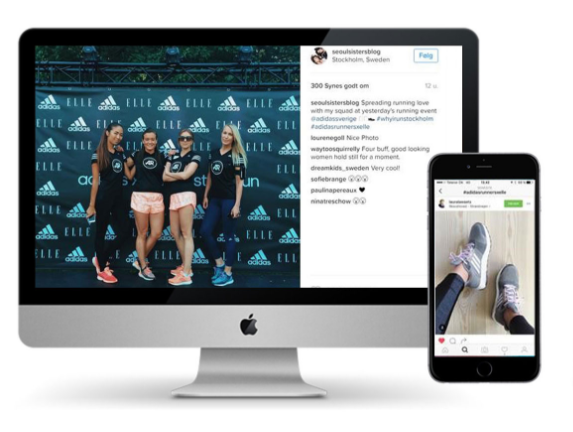Why the Native Advertising Institute is wrong about the Best Influencer Marketing Campaign Award
The Native Advertising Institute has proudly boasted last year’s award-winning Best Influencer Marketing Campaign by Adidas and ELLE didn’t pay its ambassadors. Natalie Giddings argues this is immature at best and harmful at worst – and wants things to be different this year.
The 2017 Native Advertising Institute Awards entry deadline recently closed. Last week marked the beginning of the jury sessions to nominate and acknowledge the best native advertising work across the globe of 2016 / 2017.
Founded in 2015 in Copenhagen, Denmark, there is much positivity around the awards and the institute, driving education and showcasing some outstanding work. The NAI’s stated mission is to be “a global think tank dedicated to leading, educating and connecting marketing, advertising, communications and publishing professionals in an effort to advance the native advertising industry.” I’ve followed them closely since their inception.
Something struck me when reading the previous award winner for the Best Influencer Marketing Campaign by Adidas x ELLE Copenhagen Run. “Neither ELLE nor Adidas paid the ambassadors for their involvement in the campaign, and their participation and Instagram posts were voluntary.” You can see it for yourself on page 13 of the NAI Awards Wrap-up eBook.



Dear Natalie,
Thanks for the kind words about work in general. As for the specific case you’re referring to I’d have to look into that as I’m not familiar with all the details in every submission.
On a general note, however, I completely agree with you that to qualify there must be a form of payment. Now, it can be in many shapes and forms – a travel and a kitchen are just some of the more innovative ways that we’ve seen. And though it is oftentimes not the case there must be clear labeling as to what is sponsored works and what is not.
We very much appreciate feedback like the one you’re giving, and would invite you – also – to reach out directly for a good conversation. We will be even more careful to get everything right this year and hope to see you in Berlin for Native Advertising DAYS when this years winners are celebrated.
Best
Jesper Laursen
Founder, Native Advertising Institute
Agree with you 100% – the brand can’t claim the influencers are ambassadors if they are not in mutually beneficial agreeements. At a stretch, this campaign should be Best Use of Advocates.
Are there women only industry groups, events and awards?
Is that like The Ponds Institute?